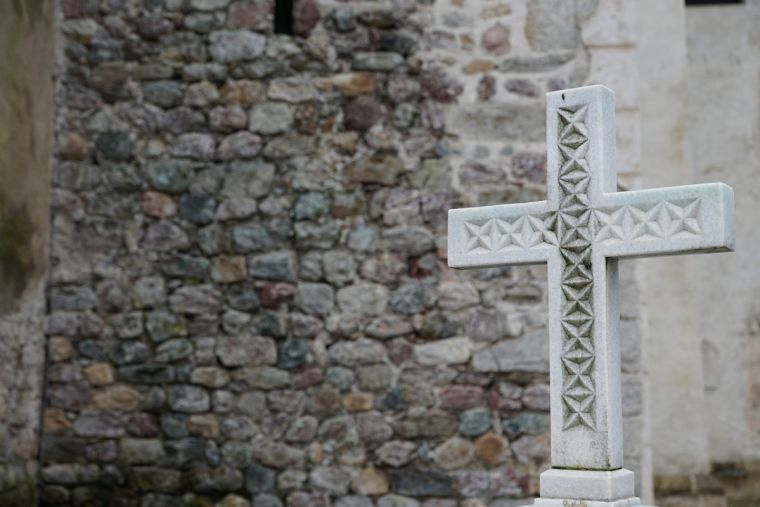With lockdown over, is now a good time to go on pilgrimage?

The shops and cafes are open, the kids can go back to school in September, so is now a good time to go on pilgrimage? Well, yes and no.
It's great weather for walking and being outdoors is a natural social distancer but many churches have only restricted opening times in place at present. This means that it can be difficult to schedule a visit with a full day's walk.
Rochester Cathedral, for instance, is open from 10am to 1pm but the Crypt and Choir are closed. At Aylesford Priory, only the Relic Chapel is open and even then, only from Friday to Sunday, 2.30pm to 4.30pm, which means that the lovely day's walk along the Downs between the two is possible but a little rushed compared to normal.
In Canterbury, you can visit the cathedral by booking beforehand online, however St Dunstan's and St Martin's are both closed and St Thomas's open with reduced times.
The picture is similar with the village churches, some of which are open as usual while others have such restricted access that it is difficult to arrange a walk around them.
But it is not all bad news.
If you do venture out in the countryside, there is a lovely camaraderie among the walkers, with people being very happy to share their stories of lockdown, or introduce you to their dog, or even just marvel at being outdoors again. It is the usual pilgrimage experience but more so.
Of course, we have all had different experiences over the last few months but something we have in common is a certain psychological effect that is becoming obvious now the lockdown is easing. There is a trauma to being confined without all the normal distractions, and it creeps up on you. In our household, this has manifested itself in increasing grumpiness and a growing avoidance of home-schooling by the kids.
So, pilgrimage in these circumstances can be a release; and there is certainly still plenty to explore. I have been taking the opportunity to delve deeper into the history behind the Augustine Camino and to learn more about other religious perspectives. My favourite among these is an article by R Albert Mohler entitled "Why I am a Baptist". For the first time, I really understood the attraction and power of Baptist theology. The lesson, for a great talker like me, is how important it is to listen, something the length and pace of a pilgrimage facilitates beautifully.
The other prominent recent trauma has been the Black Lives Matter protests and the toppling of statues. I confess that seeing statues come down has been a deeply unsettling experience. The scars of previous bouts of iconoclasm are all too evident in our churches and cathedrals, and particularly in the ruins of the old monasteries. But, interestingly, for hundreds of years, slavery was considered normal in England. The Textus Roffensis, for instance, the record of King Ethelbert's laws held at Rochester Cathedral, lists the compensation due for different offences. There is a 50 shilling fine for chopping off someone's foot, or 20 shillings for a thumb. The most unusual aspect, however, is the fact that compensation depended on who you were, with different rates for the King, lords, freemen and slaves.
Ethelbert's laws touch on other issues of our time. He had them written down in imitation of Clovis and the Salic Law of the Franks. Doing so was a sign that the English were now a civilised nation in the style of the Romans. To emphasise this point, he had a monastery built just outside the walls of Canterbury (now St Augustine's Abbey) where he was to be buried just like Clovis in Paris. So that no one could miss the link, the monastery was dedicated to Saints Peter and Paul, the two great patrons of Rome. He had joined not just Christendom but Europe.
But there are other details that point in a contrary direction. Unlike the Franks, Ethelbert had his law written in the vernacular – Old English – and the laws were not Roman but Common Law, a distinction we have to this day. Our architecture is also recognisably English. When Augustus Pugin, the Catholic Convert and Gothic Revivalist, went to Rome with John Henry Newman he was scandalised by the churches, the design of which is based on pagan temples. His attitude was a step too far for the Catholic hierarchy which proceeded to build churches in a variety of styles. It was the Anglican Church that took up the Englishness of the Gothic Revival with gusto.
All this and more is to be appreciated along our pilgrimage routes. A prospect to be savoured.
For details of current church opening times along the Augustine Camino see www.augustinecamino.co.uk/coronavirus-opening-times/











